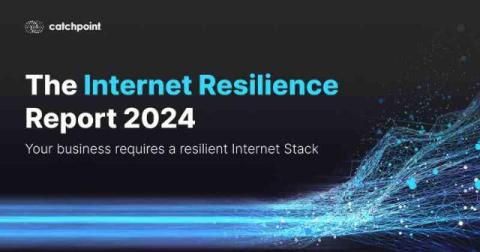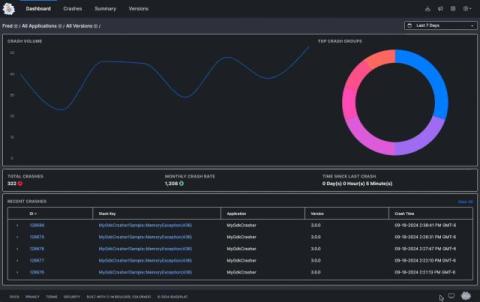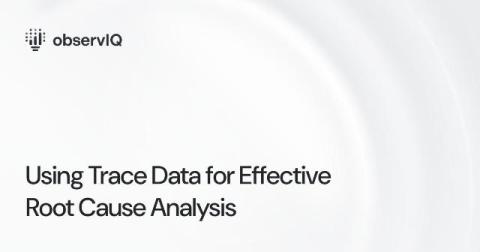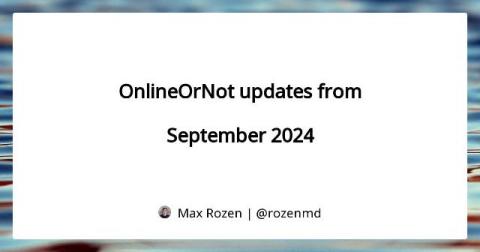What is Network Access Control? A Complete Guide to NAC
Network access control (NAC) is a critical component of any organization’s cybersecurity strategy. As companies adopt increasingly flexible work environments and emerging technologies like the Internet of Things (IoT), their networks have expanded rapidly. More users, devices, and access points mean more potential vulnerabilities that attackers could exploit. Implementing NAC solutions lets organizations stay securely connected despite relying on a complex, dynamic infrastructure.











